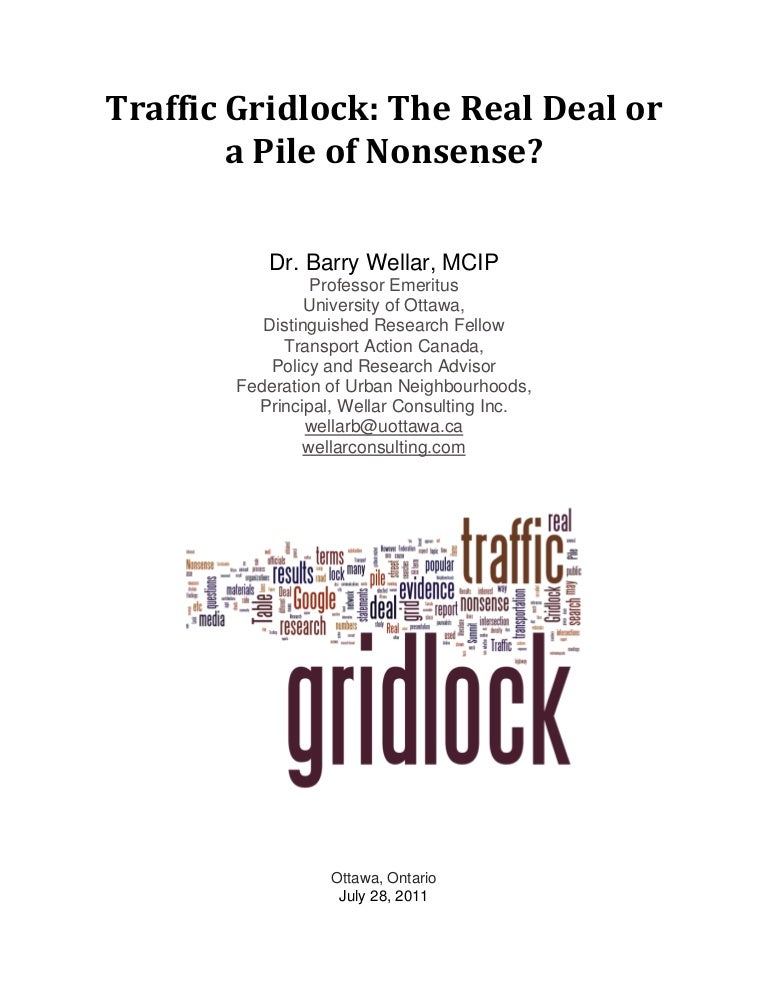
Since the gridlock range includes all status quo points between F and V (or P), this implies that moderate policy proposals will tend to fall in the gridlock range. For any status quo to the right of this point, M is the outcome. Once the status quo is as far from V (to the right) as M is (to the left), M will be the outcome.As the status quo moves to the right of V, then policy can move again, and it will slowly move back towards M.Finally, if the status quo is at V, then V refuses to override any vetoes.Similarly, if the status quo is at M, then M refuses to change things.If the status quo is at F, then F uses his "veto power" to prevent any change at all.If the status quo is between F and V, then you are in the gridlock range and policy will not be changed:.

If the status quo is to the left of F but closer to F than M is, then the outcome gets closer to F (b/c M has to make concessions to get F to go along).If the status quo is far to the left of F, then the outcome is M (since everybody prefers M to the status quo).(Note that the veto override pivot and the president might be reversed if so, substitute "P" for "V" in the discussion below.) As shown in figure 35:

Assuming the president is to the right of Congress, then you have preferences ordered as F - M - V - P. Gridlock can occur at any stage the places where gridlock can be broken are (1) if the president signs the bill or (2) if the veto override chooses to override the veto.Įquilibria: The figure on pg 35 summarizes the general theory. If he signs the bill, the game ends otherwise, the veto override pivot decides whether to override the veto. Next, the president decides whether to veto. The filibuster pivot then decides whether to sustain or block a filibuster attempt. The median pivot moves first, choosing either a new policy or the status quo. Sequence of play: Intuitively, it works something like this. Although there could be a veto override pivot and a filibuster pivot on either side of the median pivot, the only relevant players are the veto override pivot on the same ideological side as the president and the filibuster on the opposite side. Players: The most important "pivotal players" are the median member of Congress (not clear which house), the (Senate) filibuster pivot, the veto override pivot, and the president. Furthermore, the game is not repeated (formally). Parties are not a party of the model, and the status quo is assumed to be exognously given. The model assumes that all players can be arrayed along a unidimensional policy space. Winning coalitions are usually greater than minimum-majority sized because of supermajority procedures. Gridlock occurs regularly because of moderate status quo policies, supermajority procedures, and heterogeneous preferences. Why does gridlock regularly occur in Washington? (Attempts to explain what he defines as two basic facts: (1) Gridlock usually occurs but not always (2) Winning coalitions are almost always bipartisan and usually greater than minimum-majority sized.) Answer (This is more or less a quote from ch 1.) Research Question parties don't matter), but that his model of pivotal voters does, in addition to explaining why bills pass with greater than minimum-majority size. He argues that divided government does not explain why and when gridlock will occur (i.e. Krehbiel calls his model pivot politics theory because in collective choice settings where issues are well-defined and decision-makers' preferences are well-ordered, a specific decision-maker is shown analytically to be pivotal to the final policy choice. Sorry for the ads they cover the costs of keeping this online. If you have more recent summaries to add to this collection, send them my way I guess.
:max_bytes(150000):strip_icc()/GettyImages-627470143-75dfe20367224b7aa373e54654e37917.jpg)
I cannot vouch for these notes' accuracy, nor can I even say who wrote them. As a grad student long ago, my peers and I collaborated to write and exchange summaries of political science research. Don't rely on these old notes in lieu of reading the literature, but they can jog your memory.


 0 kommentar(er)
0 kommentar(er)
